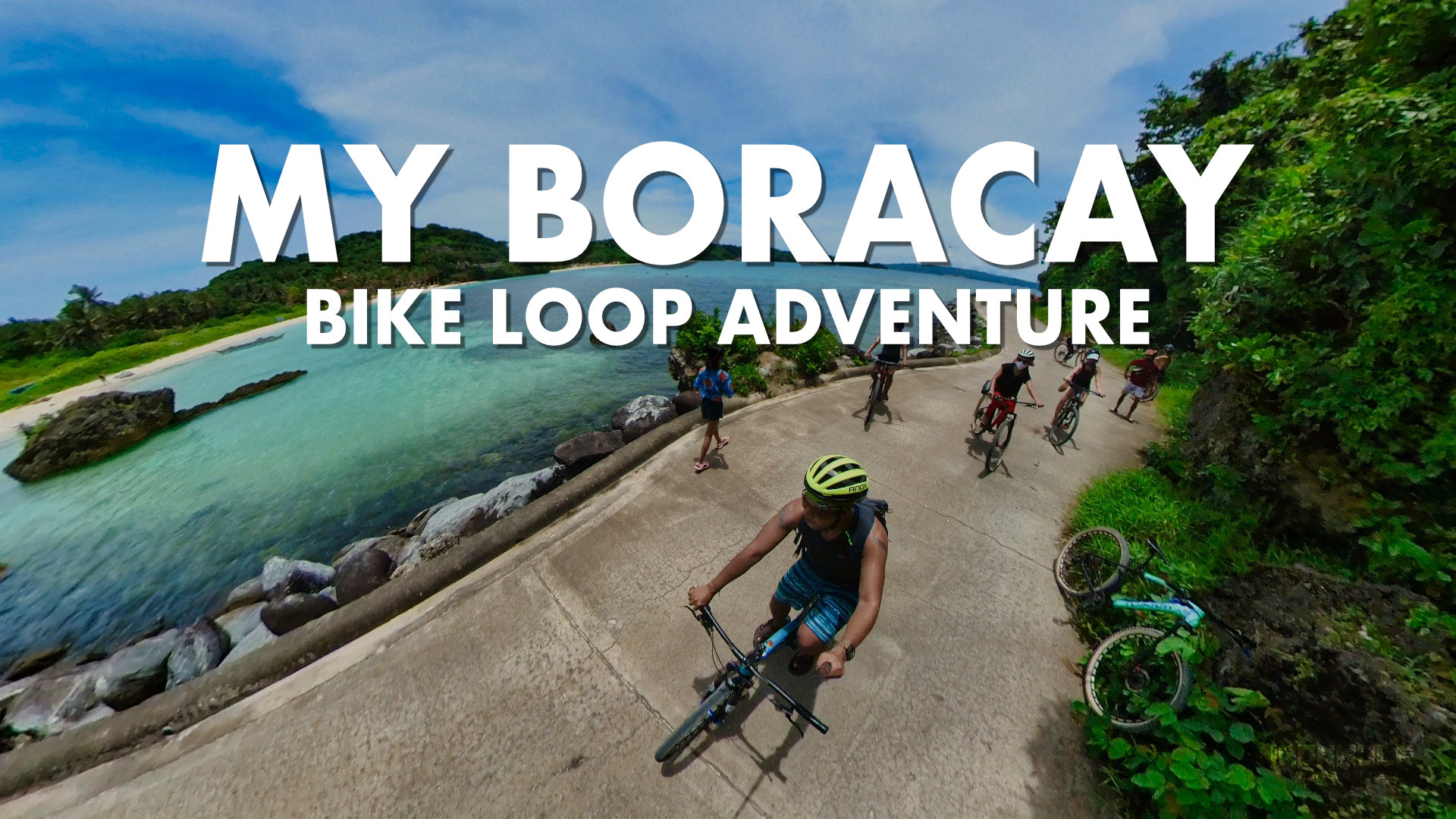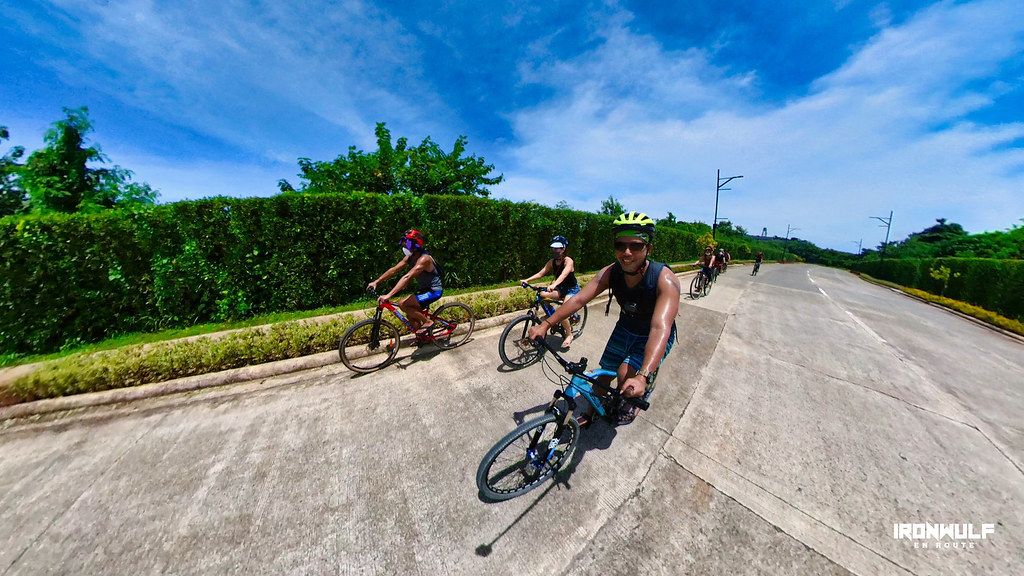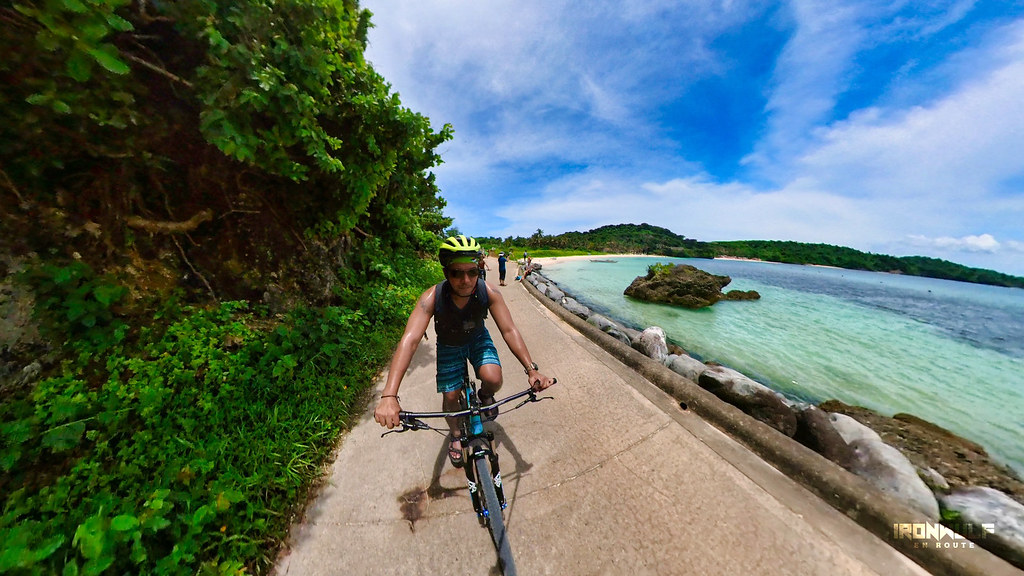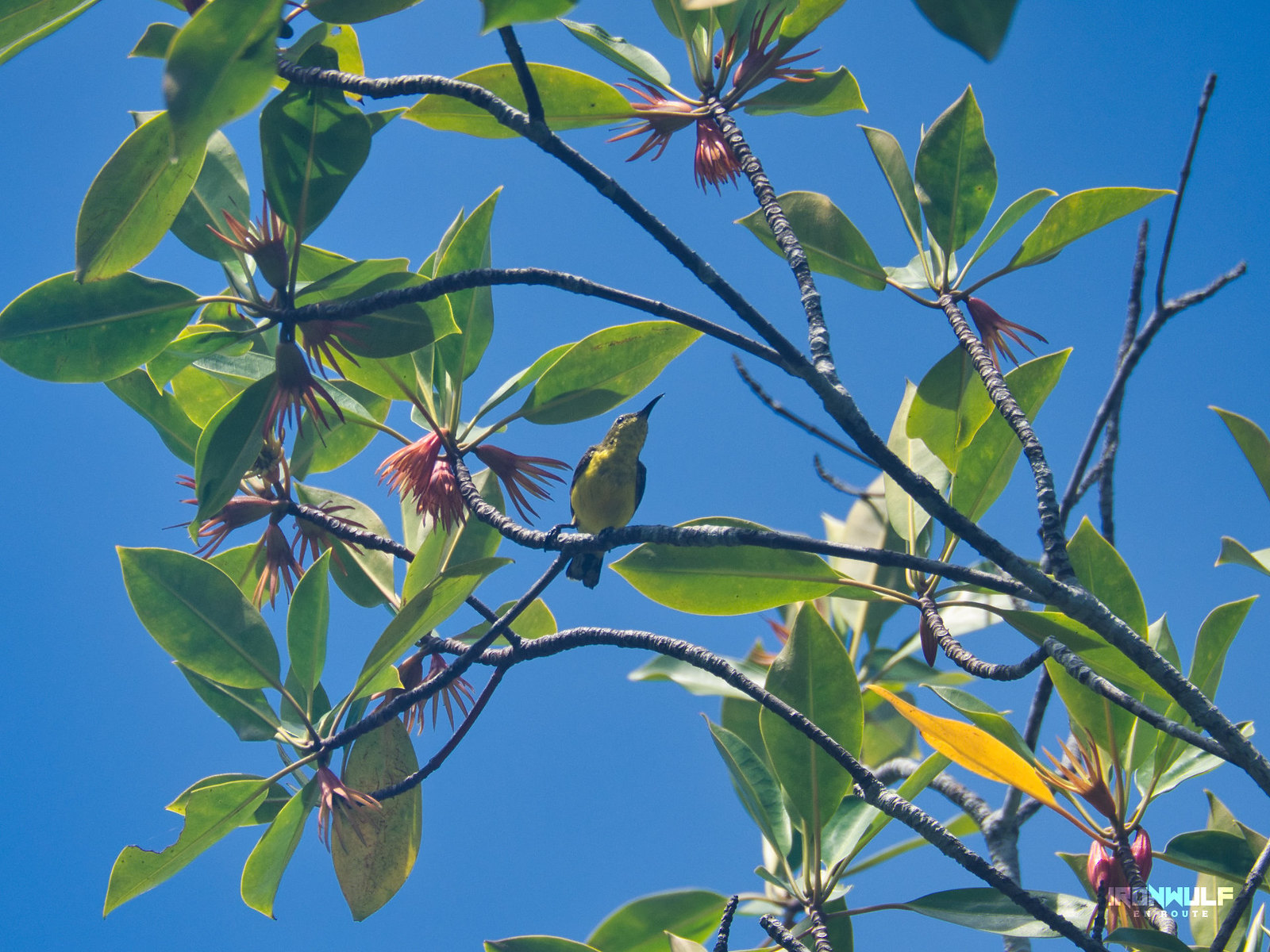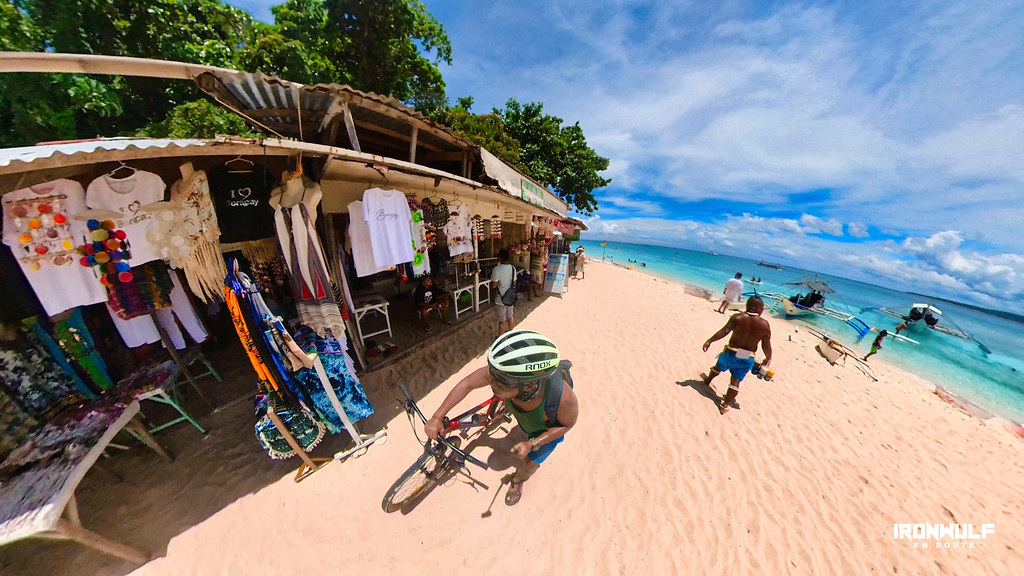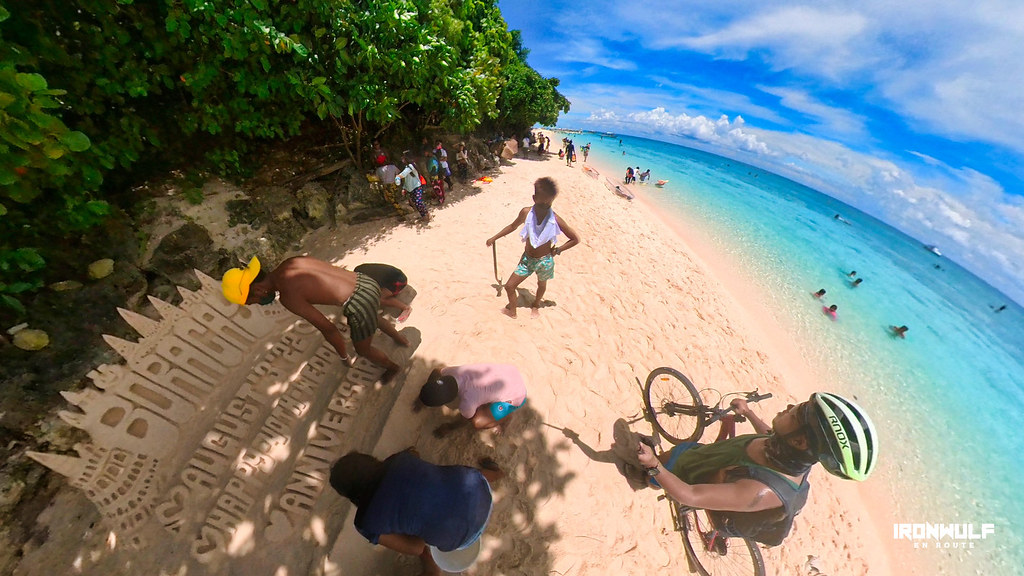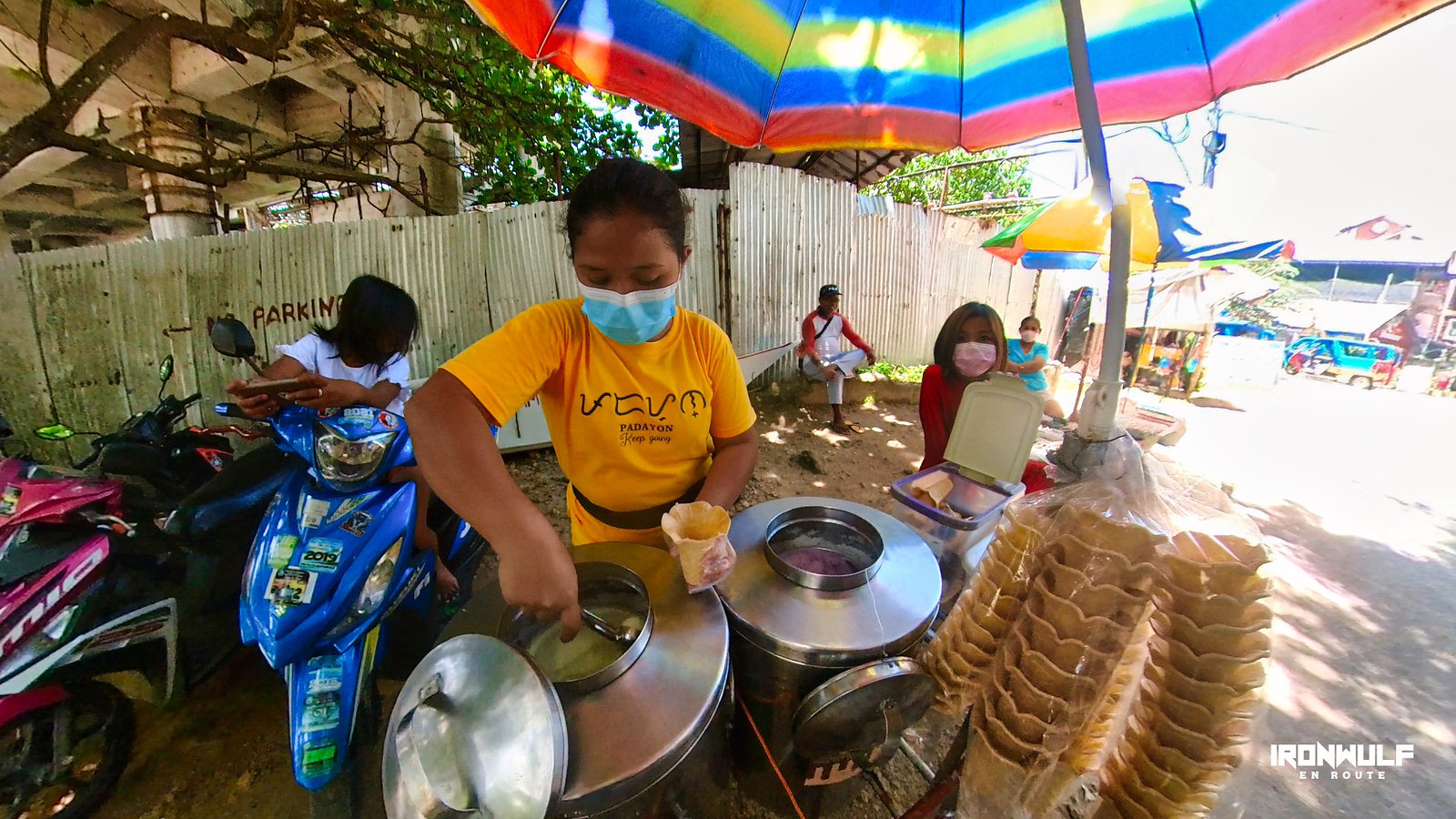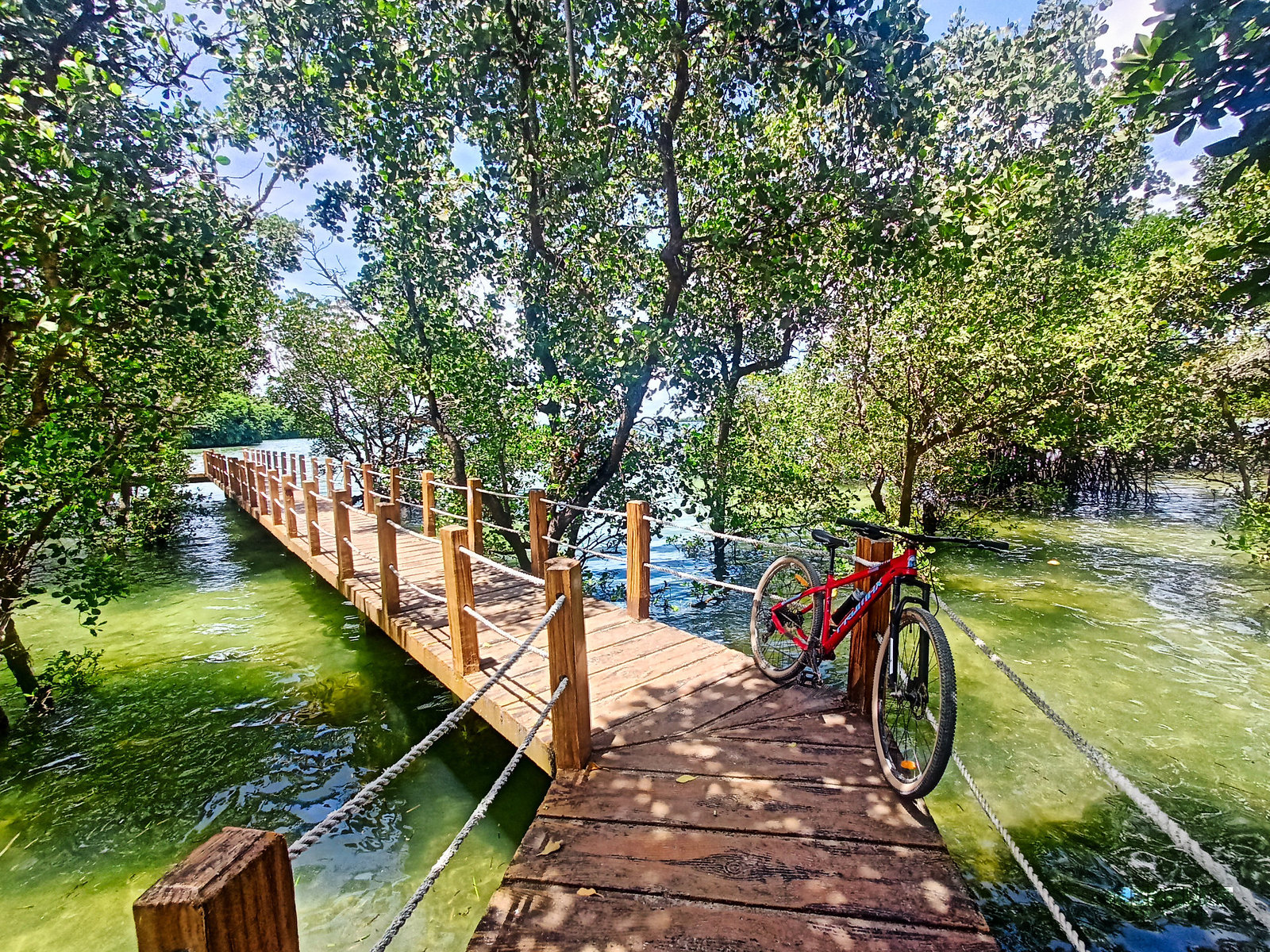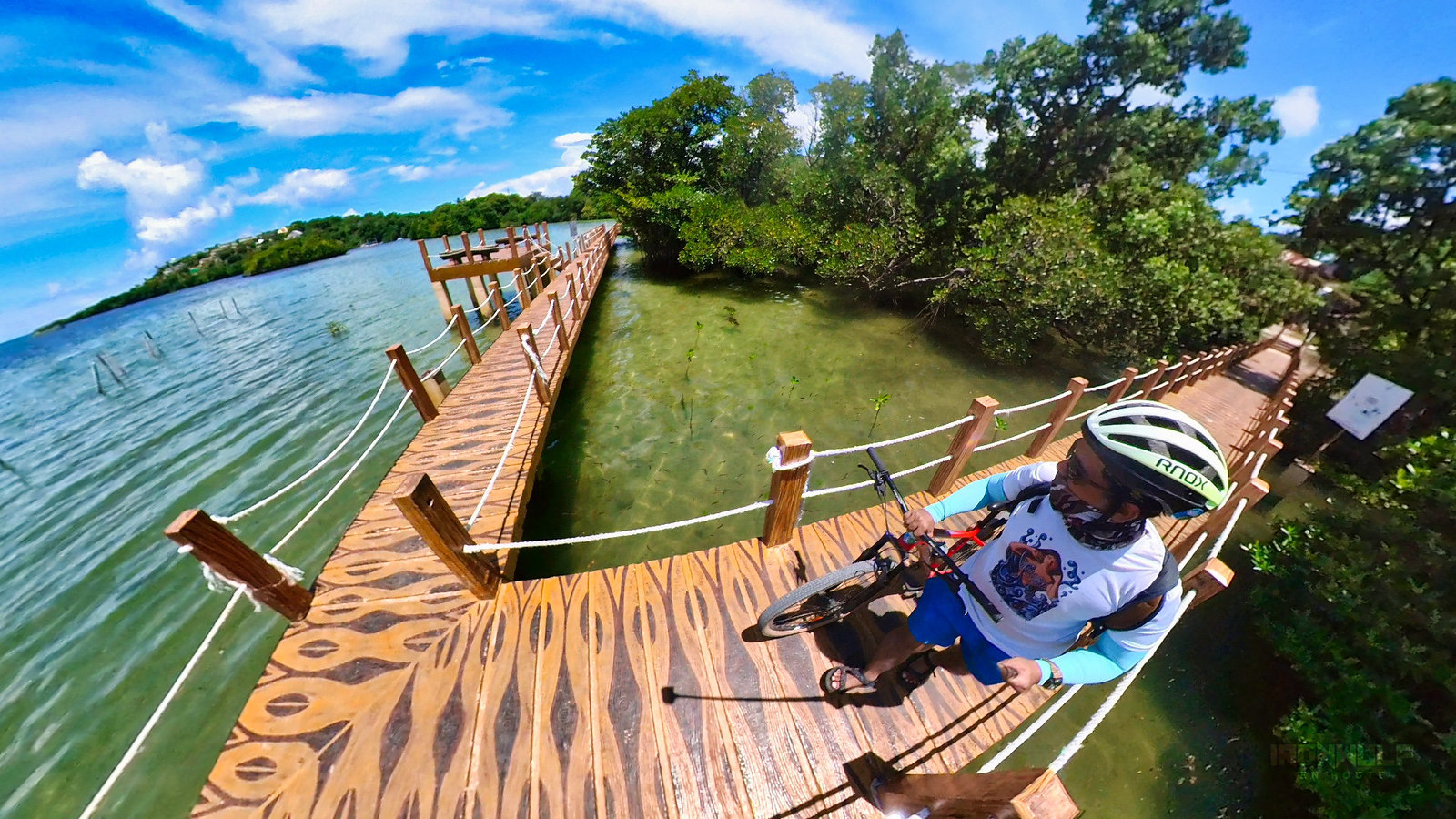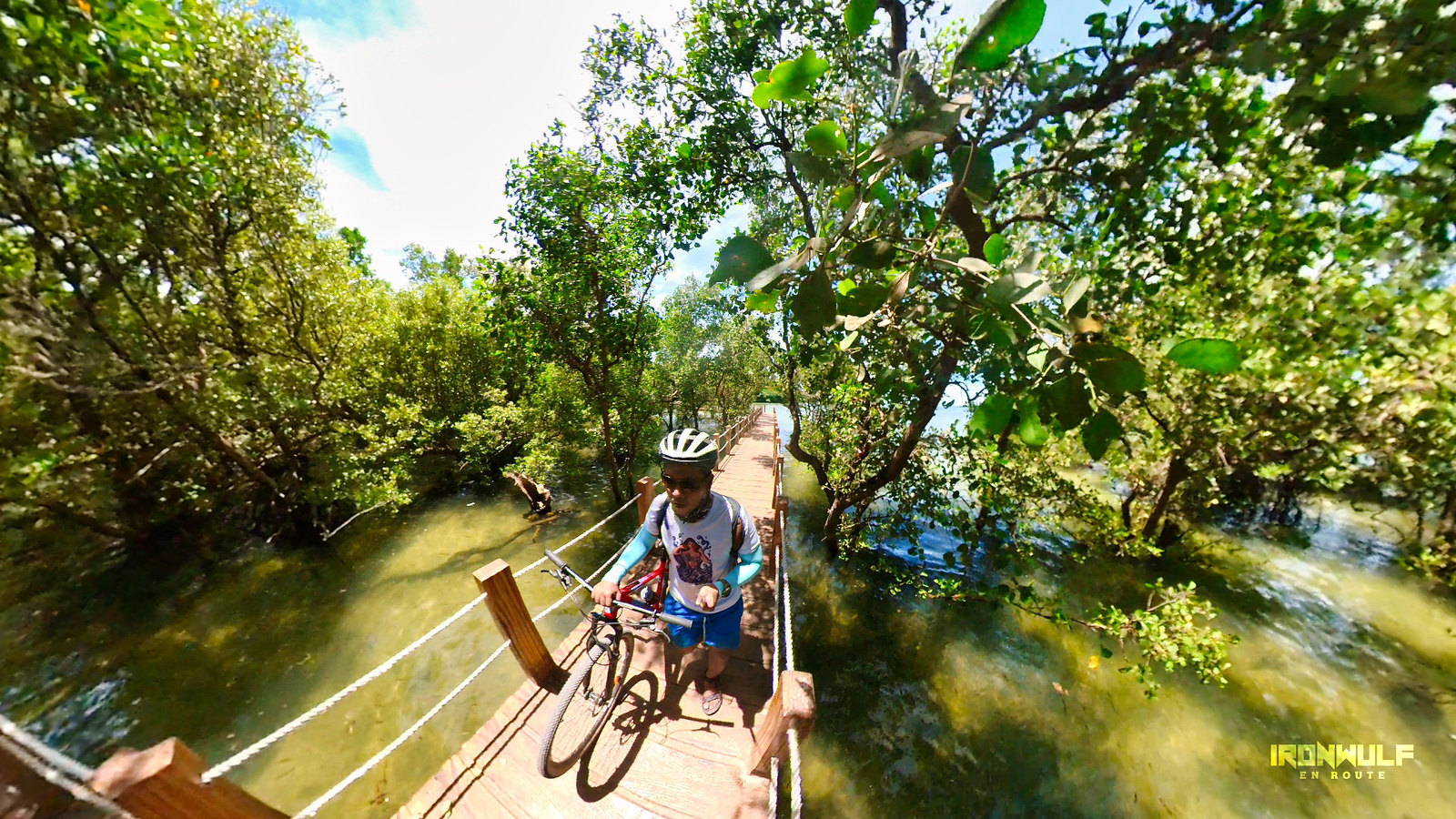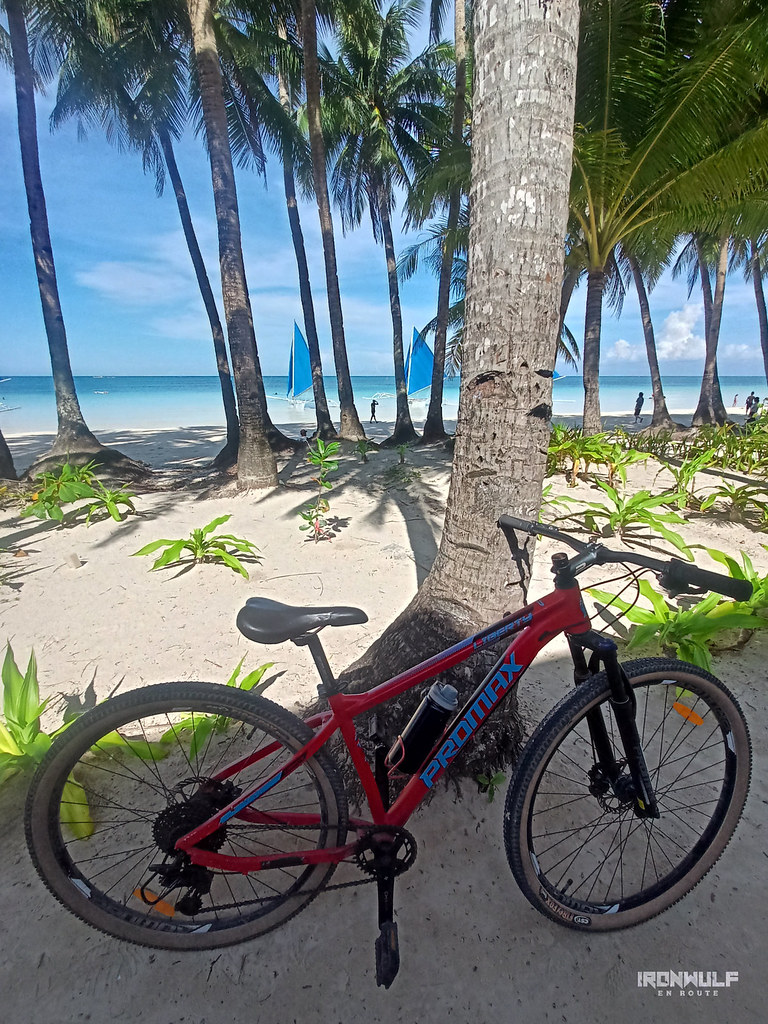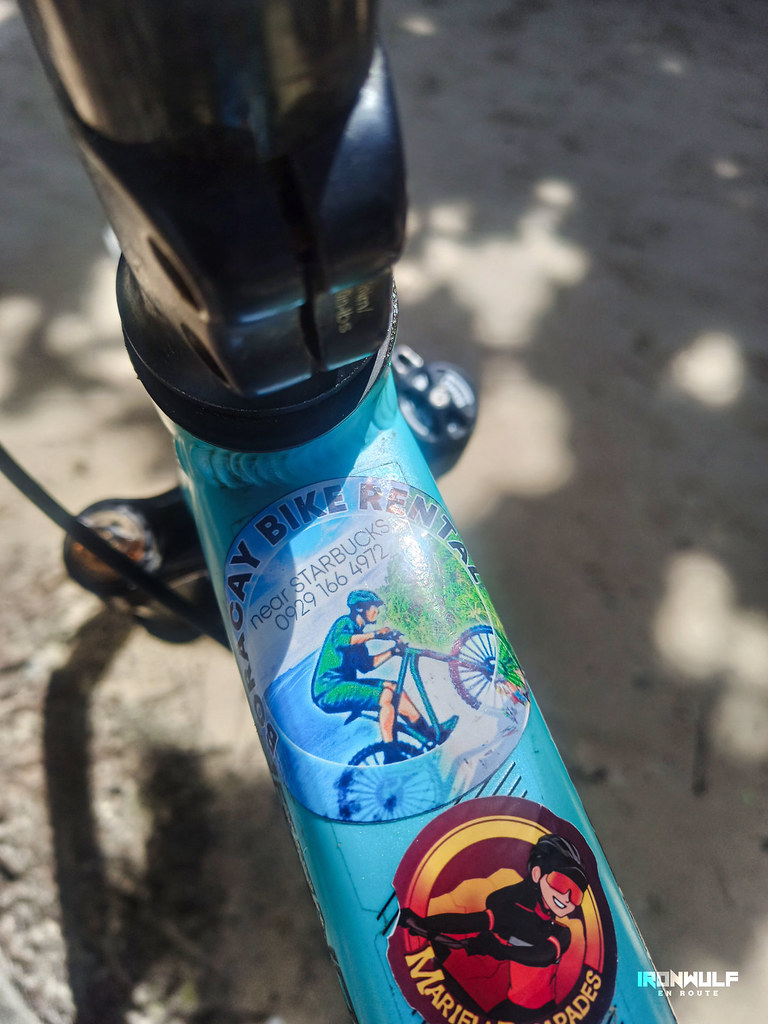Boracay, with its stunning white beaches, had always been a familiar destination for me. However, on my recent trip to this tropical paradise with my fellow yoga teachers, I was eager to see how the island had transformed after its rehabilitation. This adventure also presented a unique opportunity for me to embark on a Boracay bike loop, something I had longed to experience.

Riding North of Boracay Island
My Boracay bike loop journey was divided into two segments, with the first being the “Keyhole Ride” with my co-yoga teachers. Together, we eagerly pedaled northward towards Boracay’s Newcoast, a developing township on the island. Although I had visited Newcoast before and stayed at the Savoy Hotel, I had never explored the area by bike, and the prospect excited me.
We rented our bikes from Boracay Bike Rentals, conveniently located near Starbucks on White Beach, and enlisted a guide to lead our group. The ride commenced, and I quickly realized that I had forgotten to start my GPS. By the time I remembered, we were already halfway to Fairways and Bluewater. The route featured numerous uphill stretches, some with grades as steep as 9-13%, which added an element of challenge, especially in the sweltering heat and amidst ongoing road construction.

As we entered the Boracay Newcoast area, the ride became more pleasant. The roads were well-paved, wide, and devoid of heavy traffic. This high-end township provided a stark contrast in conditions. We passed by residential condos and hotels, ultimately reaching the coast.
The Keyhole, locally known as Cujo’s Keyhole, had become quite popular. In the mornings, a cart offered hot coffee and pastries. Curiously, I couldn’t recall when this rock formation had started being called Cujo’s Keyhole; it used to be simply known as Lapus-lapus.
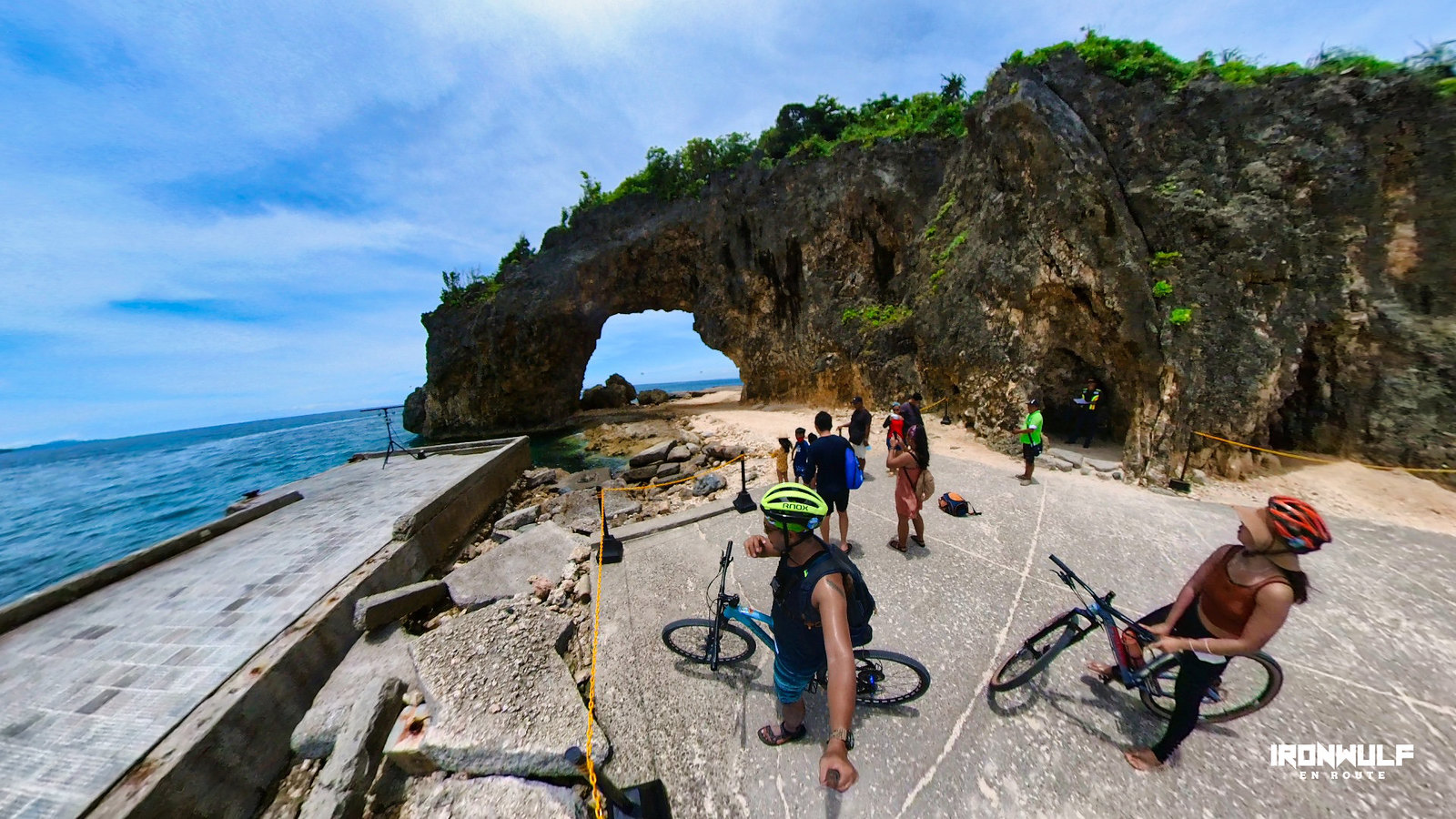
Our group decided to relish the tranquility and seclusion of Ilig-iligan Beach, which was less crowded and had food stalls and a bar serving refreshing drinks. We lounged on beach chairs, soaking up the sun and the beauty of the beach before returning to our hotel around noon.

Exploring the Boracay Wetland Conservation Park
While the first day of our Boracay bike adventure had been delightful, I was yearning for more distance and exploration. Thus, I embarked on a solo journey the next morning, intending to complete a loop around the island and visit places of personal interest.
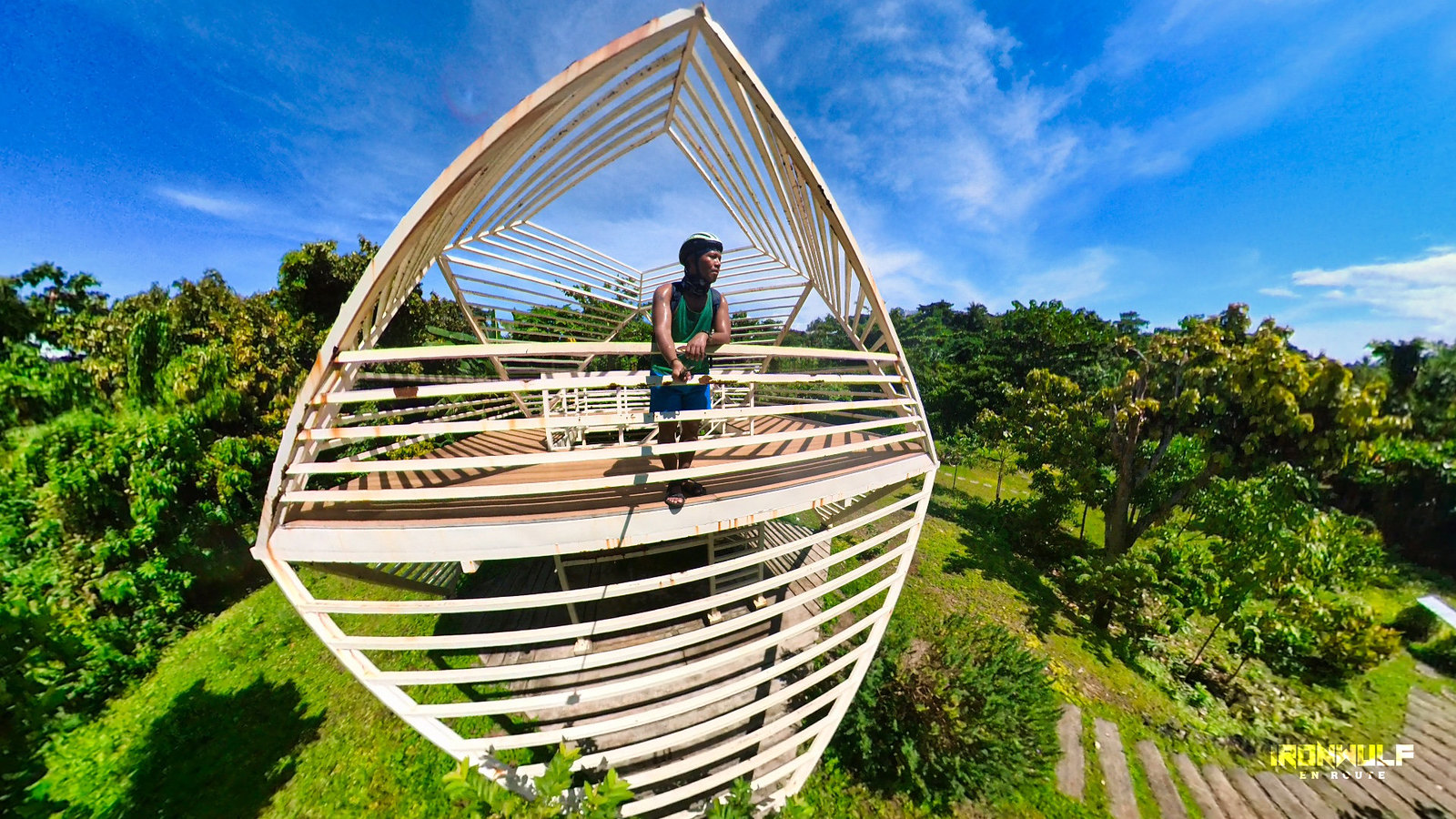
First on my list was the Boracay Wetland Conservation Park (BWCP), situated on the slopes of Mt. Luho, approximately 2 kilometers from White Beach. BWCP was part of the BINHI Reforestation and Greening project, funded by the Lopez-led Energy Development Corp (EDC). This 7.79-hectare wetland served as an arboretum for threatened tree species, including rare native trees such as Sander’s Alocasia, Narra, Ipil, Kubi, Antipolo, Isis, Sakat, Balakat, and Bakauan Dagat.
Birdwatching was another captivating activity at BWCP, with a modern Bird Watch Platform providing an ideal vantage point. Although I arrived later in the day, I spotted common bird species like chestnut munias, yellow-vented bulbul, olive-backed sunbirds, and a pair of pied trillers. The caretaker informed me that early mornings offered the best birding experiences, making me resolve to return if I had the opportunity to visit Boracay again.
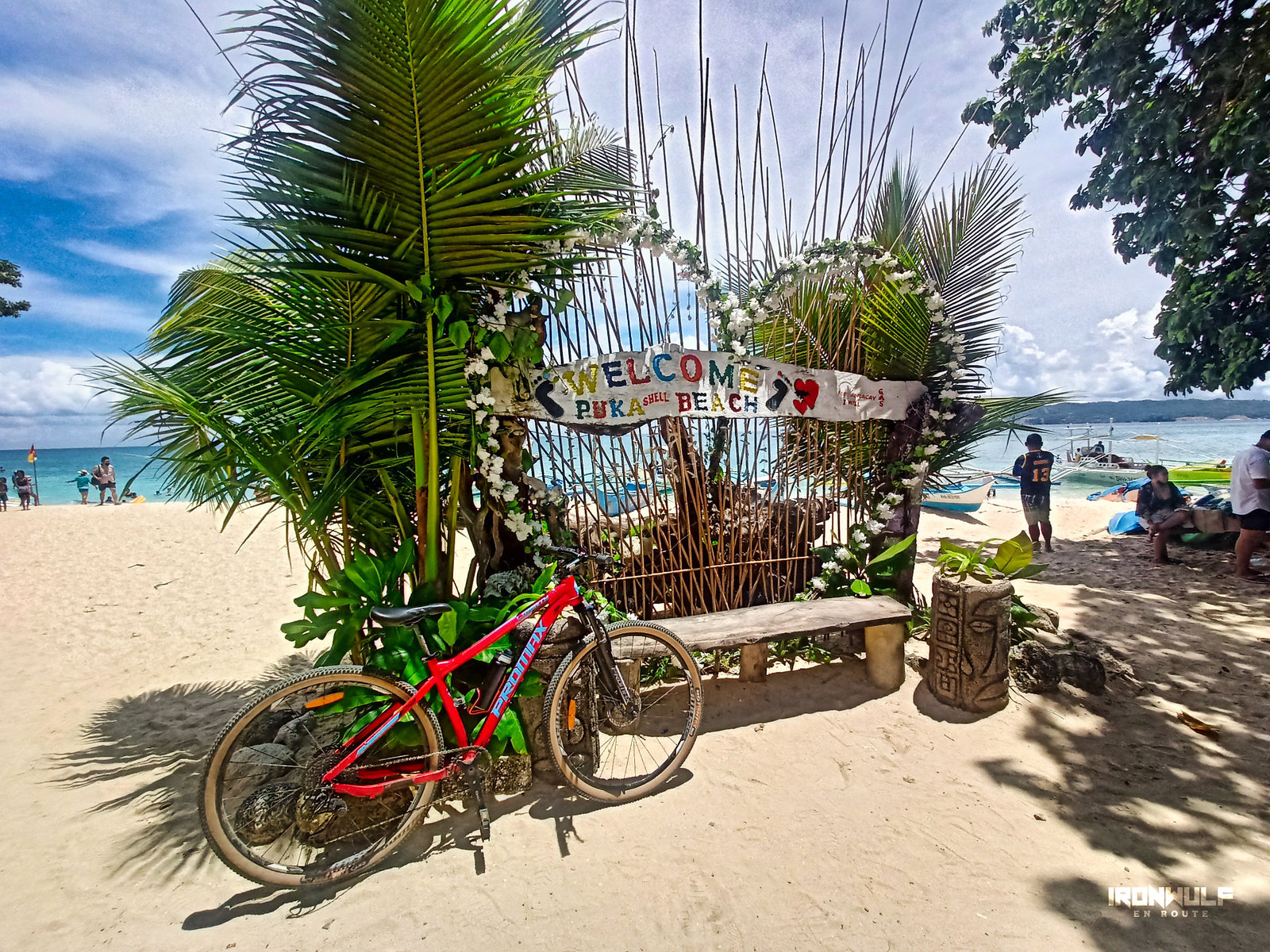
Visiting Puka Beach
Having previously explored Boracay Newcoast, I continued my solo bike journey towards Puka Beach, a 4-kilometer ride away. The road’s elevation increased as I approached Yapak, with the highest point reaching 62 meters above sea level and some challenging gradients reaching 8.9%. However, the route went downhill from the highest point, leading me to the 800-meter Puka Beach on the island’s northern side.
Puka Beach featured a picturesque blend of coral and grainy sand, with the same crystal-clear waters as the White Beach. Compared to my previous visits, I noticed that Puka Beach had become less secluded and more developed, with numerous vendor stalls, crowds, and even crystal kayaks. I opted for a brief visit, enjoying an ice cream purchased using Gcash before moving on.

Exploring Lugutan Mangrove Park
Heading southbound from Puka Beach, my next destination was Lugutan Mangrove Park, approximately 2.3 kilometers away from the southeastern part of the island. I stopped briefly at our resort, Estacio Uno, to change clothes and escape the midday sun. The 2.5-kilometer ride from the resort took me through the island’s commercial center, with some rough roads giving way to a more pleasant, traffic-free route flanked by lush greenery.
I passed an Ati Village situated along a lagoon before crossing a bridge and arriving at the Lugutan Mangrove Park. Mangrove forests play a crucial role in preserving coastlines and providing habitats for numerous species. This 8,362-square-meter park was a collaborative project between the DENR, Malay, Aklan LGU, and the Tan Yan Kee Foundation. It aimed to protect and preserve Boracay’s mangroves, and a short boardwalk allowed visitors to explore a portion of the forest up close.
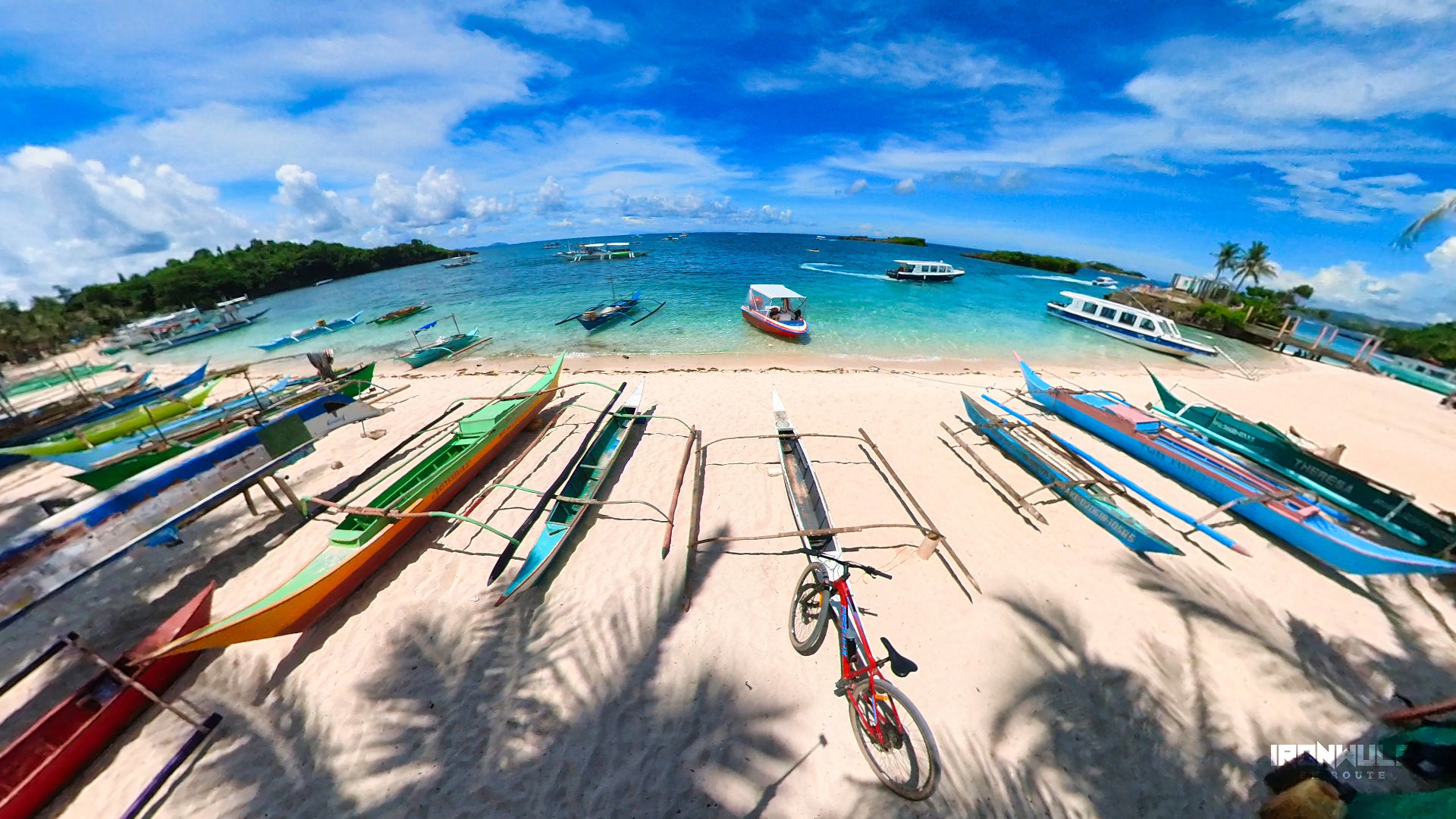
Tambisaan Beach and the Southern Loop
Continuing my journey southbound, I reached Tambisaan Beach, located 2.3 kilometers away from the southeastern part of the island, in the barangay of the same name. This area had a distinctly local atmosphere and was frequented by a few tourists. The nearby Crocodile islands offered popular snorkeling spots and added to the unique charm of Tambisaan Beach.
Afterward, I retraced my route for the southern loop around the island, eventually arriving at the Boracay Jetty Port, the primary point of entry for tourists. This bustling hub served as a registration point for incoming tourists and a rendezvous for vehicles from various hotels and resorts.

Fortunately, the southern loop’s Boracay highway was one-way, ensuring smooth traffic flow. The roads had significantly improved since my previous visit before the pandemic, featuring well-paved surfaces and ample pedestrian space. As I approached the island’s commercial center and the larger resorts, traffic became slightly congested, but it did little to diminish the overall enjoyment of the ride.
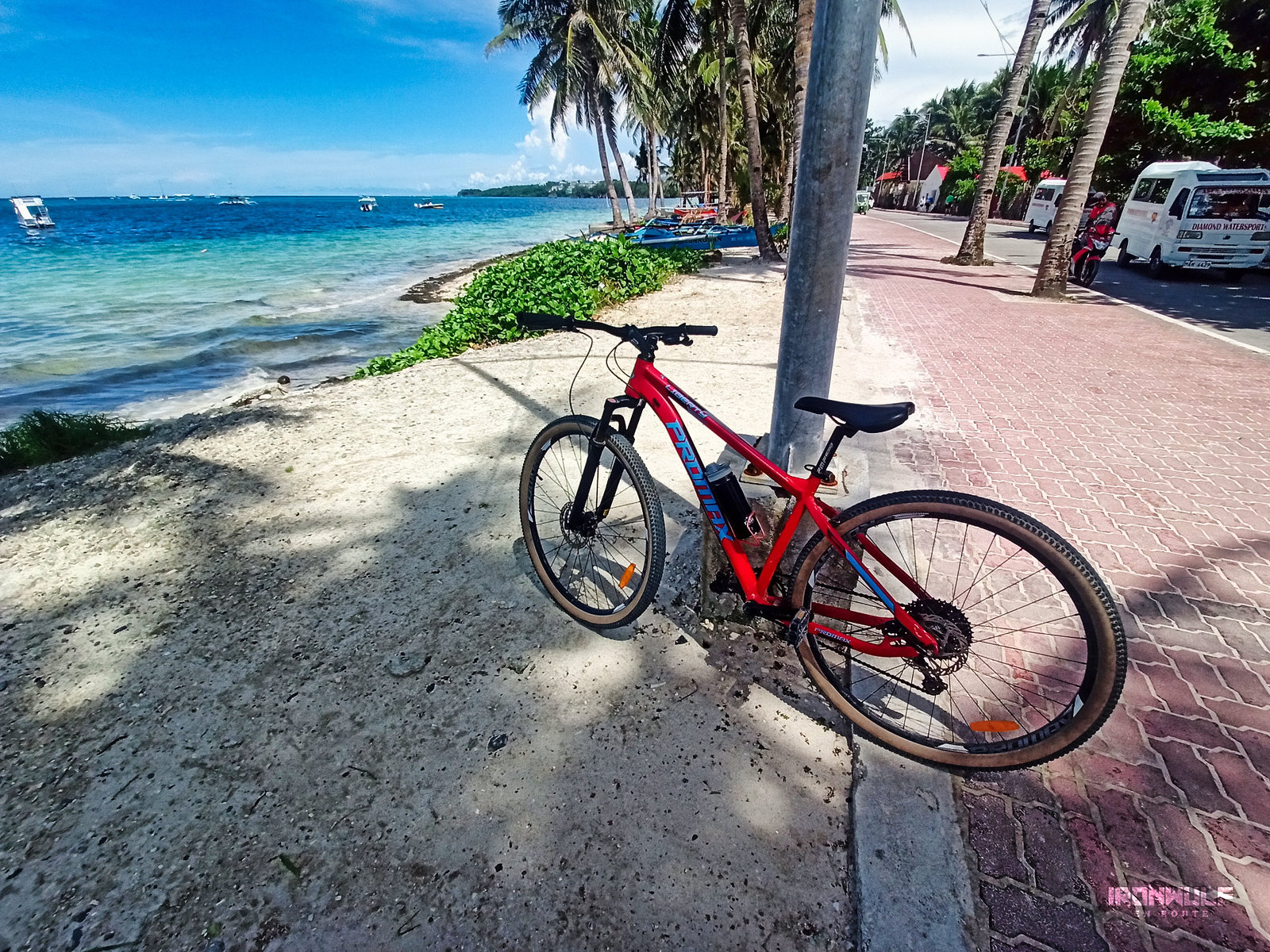
Bulabog Beach
Turning onto Bulabog Road, I headed for Bulabog Beach, where I decided to conclude my Boracay bike loop adventure. The road leading to Bulabog had been widened and paved, and the area had undergone significant development. Bulabog Beach, renowned for kite surfing, now boasted a lovely promenade and a serene ambiance that pleasantly surprised me.

I wrapped up my journey with a refreshing iced macchiato at Moshka Cafe, watching people stroll along the promenade. Boracay had undoubtedly evolved, and some changes were undeniably for the better. The key now was to maintain this level of development while ensuring its sustainability.

Returning to White Beach
In the late afternoon, I made my way back to White Beach to return the bike I had rented. My Boracay bike loop had been a satisfying adventure, and I was thrilled to have ticked this item off my Boracay “to-do” list. It was time to reunite with my friends and relax for the remainder of the afternoon.
Boracay Biking Tips
For travelers looking to explore Boracay on a bike, there are some key tips to keep in mind:
- Boracay has an established road network, and bike rentals are readily available. Inquire at your hotel or resort about bike rental options, or ask them for recommendations on nearby bike rental shops. During my trip, we used Boracay Bike Rentals, which you can find near Starbucks (Contact: 09464575491 and 09291664972).
- Before setting out on your bike adventure, ensure that the bike is in good condition. Test the brakes, gears, and overall comfort of the bike to avoid any issues during your ride.
- If you’re not familiar with the roads of Boracay, consider hiring a bike guide for added safety and navigation assistance.
- While there are plenty of shops and vendors around the island where you can buy water, it’s a good idea to bring your own water container to stay hydrated throughout your ride.
Exploring Boracay by bike offers a unique and immersive way to experience the island’s beauty and culture, allowing you to uncover hidden gems and appreciate its natural wonders to the fullest.

Ferdz Decena is an award-winning travel photographer, writer and blogger. His works has found print in publications such as Singapore Airlines’s Silver Kris, Philippine Airlines’ Mabuhay, Cebu Pacific’s Smile and Seair InFlight. He has also lent his expertise to various organizations like the Oceana Philippines, Lopez Group Foundation, Save the Children and World Vision, contributing quality images for their marketing materials.
